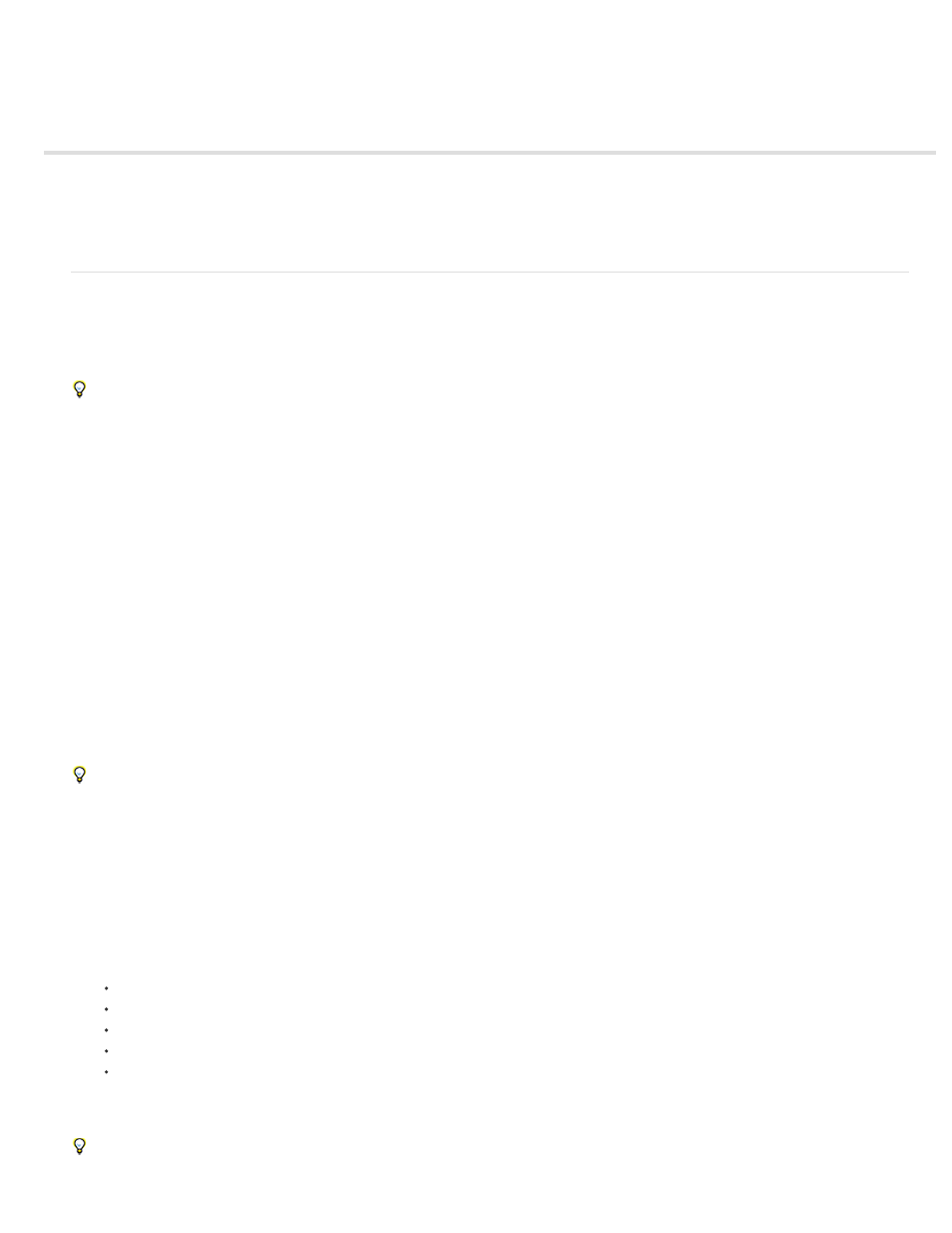Tracking 3d camera movement | cc, cs6 – Adobe After Effects User Manual
Page 264

Tracking 3D camera movement | CC, CS6
Note:
3D camera tracker effect
Ground plane and origin in 3D Camera Tracker effect | CC
Auto-delete Points Across Time | CC
3D camera tracker effect
The 3D camera tracker effect analyzes video sequences to extract camera motion and 3D scene data. The 3D camera motion allows you to
correctly composite 3D elements over your 2D footage.
Like the Warp Stabilizer, the 3D camera tracker effect performs analysis using a background process. Feel free to adjust settings or work on a
different part of your project while analysis is taking place.
For details about using the 3D camera tracker effect,
by Angie Taylor from Learn by Video.
Analyzing footage and extracting camera motion
1. With a footage layer selected, do one of the following:
a. Choose Animation > Track Camera, or choose Track Camera from the layer context menu.
b. Choose Effect > Perspective > 3D Camera Tracker.
c. In the Tracker panel, click the Track Camera button.
The 3D Camera Tracker effect is applied. The analysis and solving phases occur in the background, with status appearing as a banner
on the footage and next to the Cancel button.
2. Adjust the settings, as needed.
The 3D solved track points appears as small colored x's. You can use these track points to place content into the scene.
You can select more than one layer at a time for camera tracking using the 3D camera tracker effect.
Attaching content into a scene containing a solved camera
1. With the effect selected, select the track point or multiple track points (defining a best-fit plane) to use as the attach point.
a. Hover between three neighboring unselected track points that can define a plane, a semitransparent triangle appears between the
points. A red target appears, showing the orientation of the plane in 3D space.
b. Draw a marquee-selection box around multiple track points to select them.
2. Right-click above the selection or target, and then choose the type of content to create. The following types can be created:
Text
Solid
Null layer for the center of the target
Text, solid, or null layer for each selected point
"Shadow catcher" layer (a solid that accepts shadows only) for the created content by using the Create Shadow Catcher command in the
context menu.
A shadow catcher layer also creates a light if one does not exist.
If creating multiple layers, each one has a unique numbered name. If creating multiple text layers, In and Out points are trimmed to match the
point durations.
260
